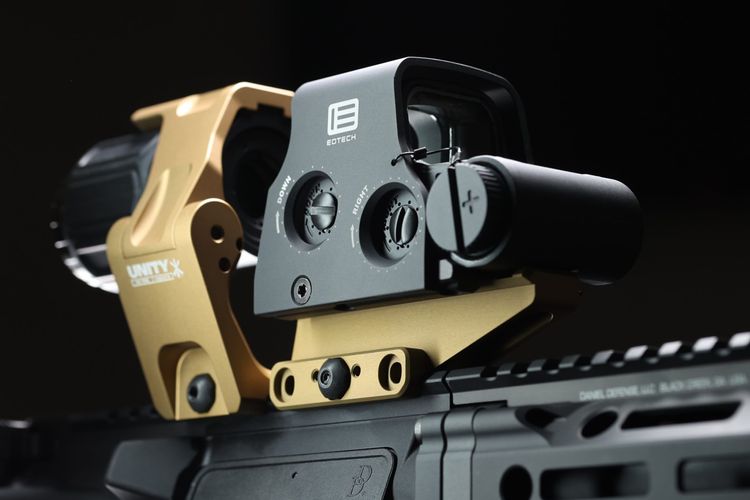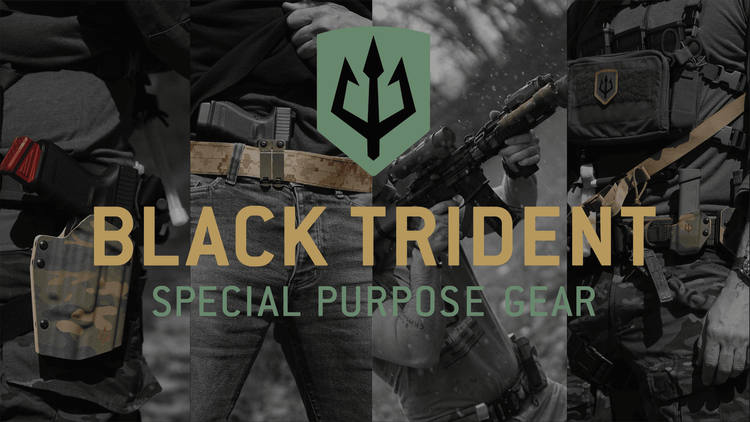Reaching high - risers and their renaissance
In the world of firearms and tactical equipment, there are trends that come and go - and those that stick around because they work when you need them. Risers for optic mounts like the GBRS Hydra Mount are undoubtedly in that category. Hardly any other topic is discussed as passionately as the elevation of sights: For some, they are a practical quantum leap in terms of ergonomics and operational reality - for others, a symbolic "Tower of Babel" that pushes the weapon profile to absurd heights.
Riser: Controversial - but not unreasonable
Criticism of high optic mounts is nothing new. If you scroll through Instagram feeds or ask around at the range, you'll quickly come across terms like "babel build" or "skyline rigs." Risers are often dismissed as an over-the-top fad. But that's not the case, because risers serve a very specific purpose that is becoming increasingly important in practical shooting.
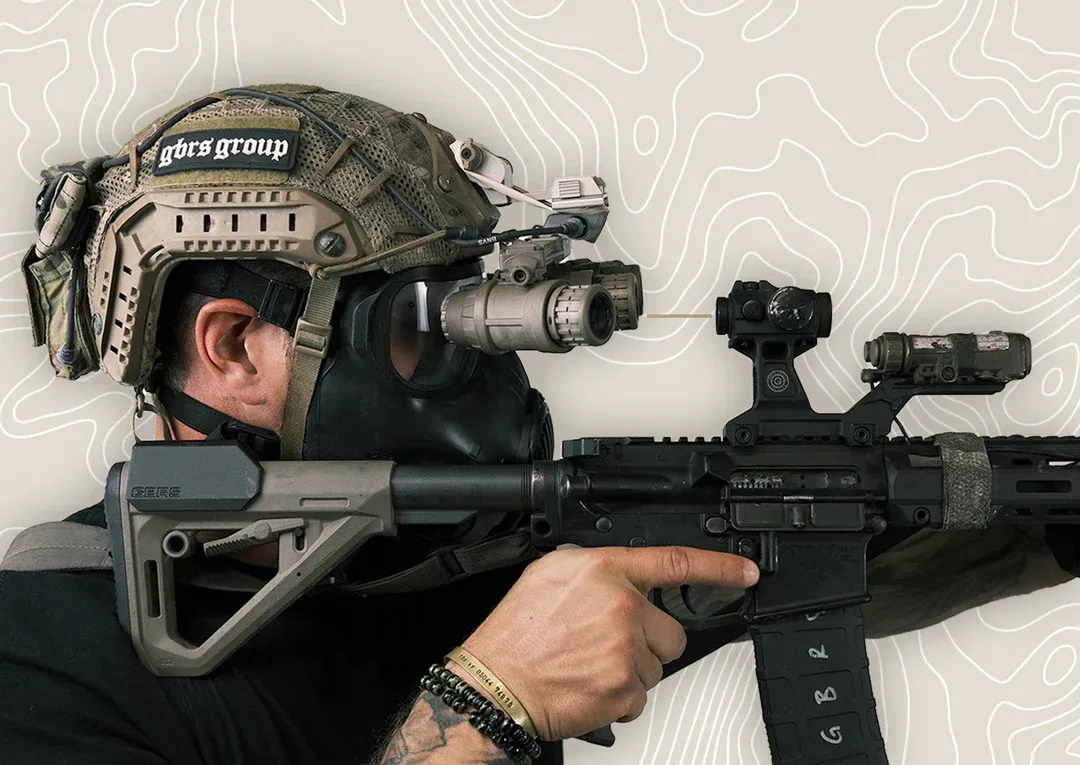
History: Risers are not a new invention
Looking back, "elevating a reddot" is not a modern phenomenon. Especially not in recent years. Platforms like "Gordon's Carbine" - the forerunner of the "Modern Fighting Rifle", quasi THE iconic M4 from the time of "Operation Gothic Serpent" - anticipated high mounts of optics on the so-called "Carry Handle". Why? To achieve a better line of sight and ergonomics under the operating conditions of the time. What today is technically optimized and solved differently by modern mounts such as the GBRS Hydra, had its functional origins back then. Think of the world wars: stationary, lowered machine guns with elevated optics that "peeked" over the trench. In the early years of the Global War on Terror ("GWOT"), many M16s with Trijcon ACOG and a Trijcon RMR "piggybacked" on top found their way into the sandboxes of this world. So the idea of "offset optics" is not new.
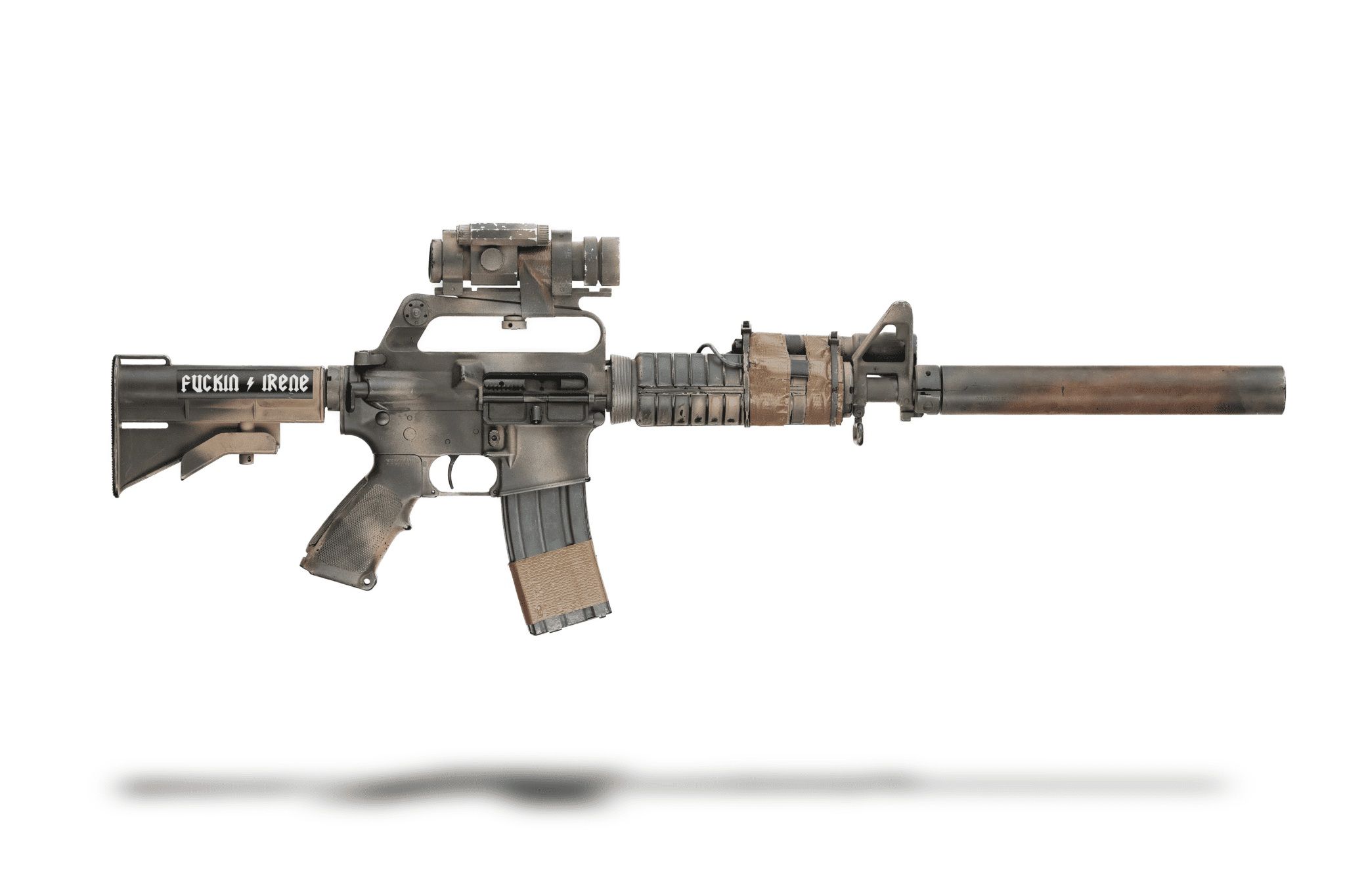
Ergonomics: More natural head position relieves the shooter
What is the biggest advantage of systems like the Hydra Mount? One of the biggest advantages is the optimized head position of the shooter. Traditional low or mid-mounts force the user to actively lower their head to get a clear view through the optics. This not only takes time, but also puts strain on the neck and shoulders, especially during longer shooting sessions.
With a high-riser like the GBRS Hydra Mount, the head remains in an upright, natural position. The eye line automatically hits the red dot sight - no tilting, no stress. The result: faster aiming and less fatigue in dynamic position
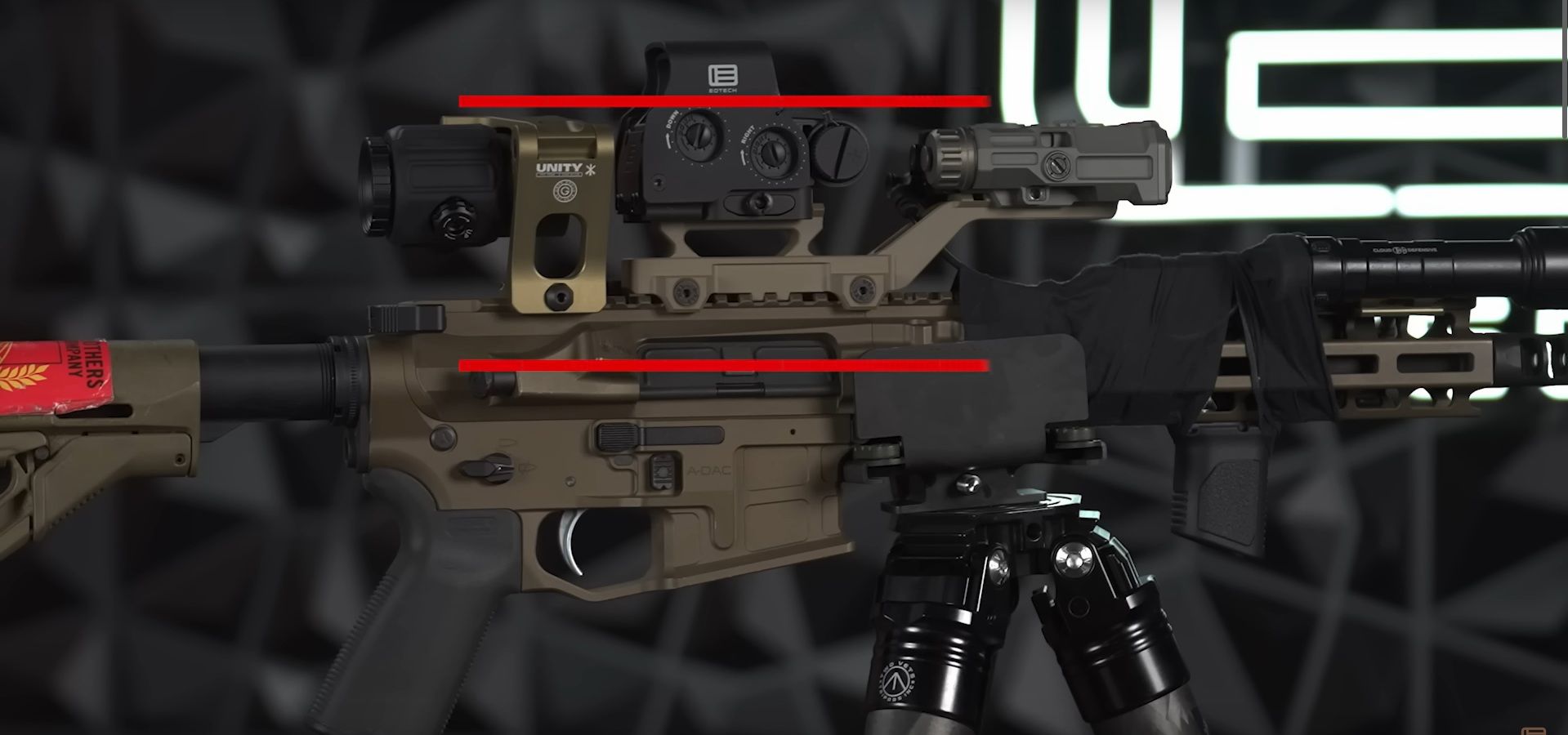
The disadvantage is that a higher mount increases the so-called "offset”, i.e. the distance between the bore axis and the line of sight. This means that you have to aim much higher when shooting at long distances. This requires much more attention from the shooter, while at the same time reducing (physical) fatigue.
Black Trident: Special Purpse Gear & Training. Your Gear is our responsibility. Now, your training is too.
Operational reality: night vision, Gas Masks & Stress
Many things may work in theory - but what does it look like in reality? Night-vision goggles, safety glasses, Ear Protection, helmets or breathing masks change the shooter's entire head position and line of sight. A classic optics mount quickly collides with equipment or hinders rapid acquisition of the target. Or does it?
Risers solve this problem elegantly and effectively. The elevated optic allows the long gun to always be aimed at the same target - without blocking the line of sight. However, and this must be emphasized again and again: Good shooters also shoot excellently without risers. The Hydra-Mount itself does not turn you into DJ Shipley. (A lot of training, a lot of fitness, a lot of shooting does.) However, a Hydra-Mount can DISCOURAGE an excellent shooter like DJ Shipley. This is the crux of the matter: the riser is a strong nice-to-have, especially in scenarios with short distance shootin or when you're shooting with a mask. This is because such scenarios are often associated with an increased stress level.
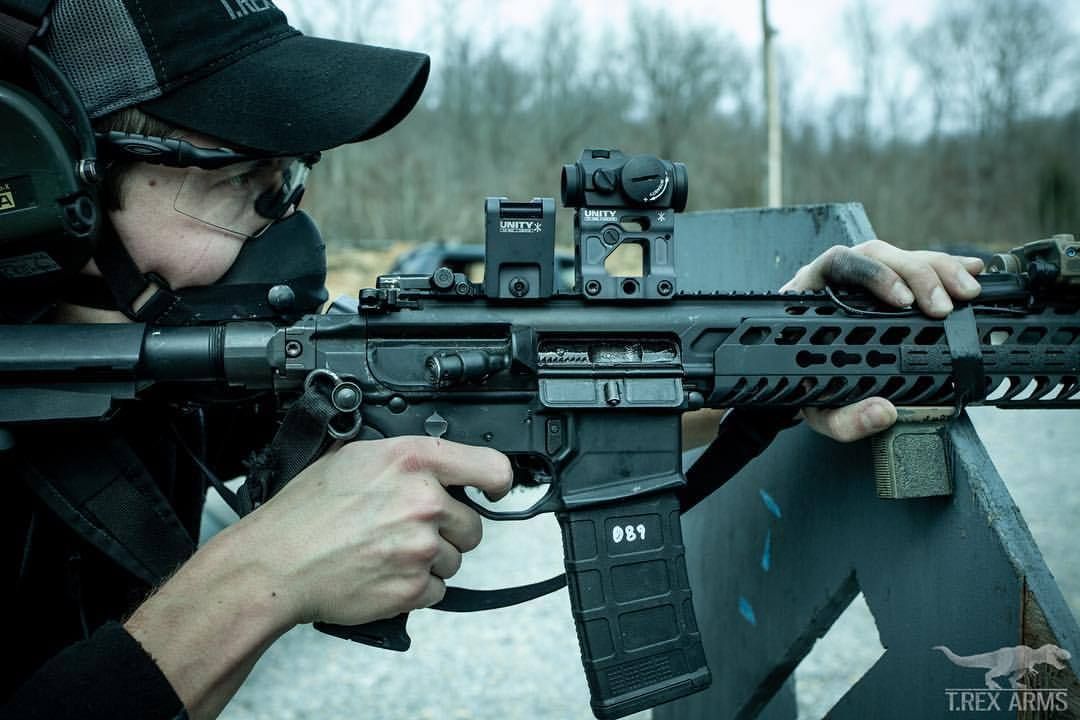
Taken from the top: Riser for Tier 1 special forces
What is often laughed at in the civilian market is now standard in the professional sector. From regular police officers to Tier 1 Special Forces worldwide, including well-known Western SOF units, rely on mounts like the GBRS Hydra, Unity FAST or comparable solutions. In extreme situations, every percent of efficiency counts. Just think of the Tacoma police officer who managed to incapacitate an armed opponent with a single shot from 183 yards in a very short period of time - despite (or perhaps because of?) such a high-sight mount. Bottom line: it's the training that counts - not the equipment.
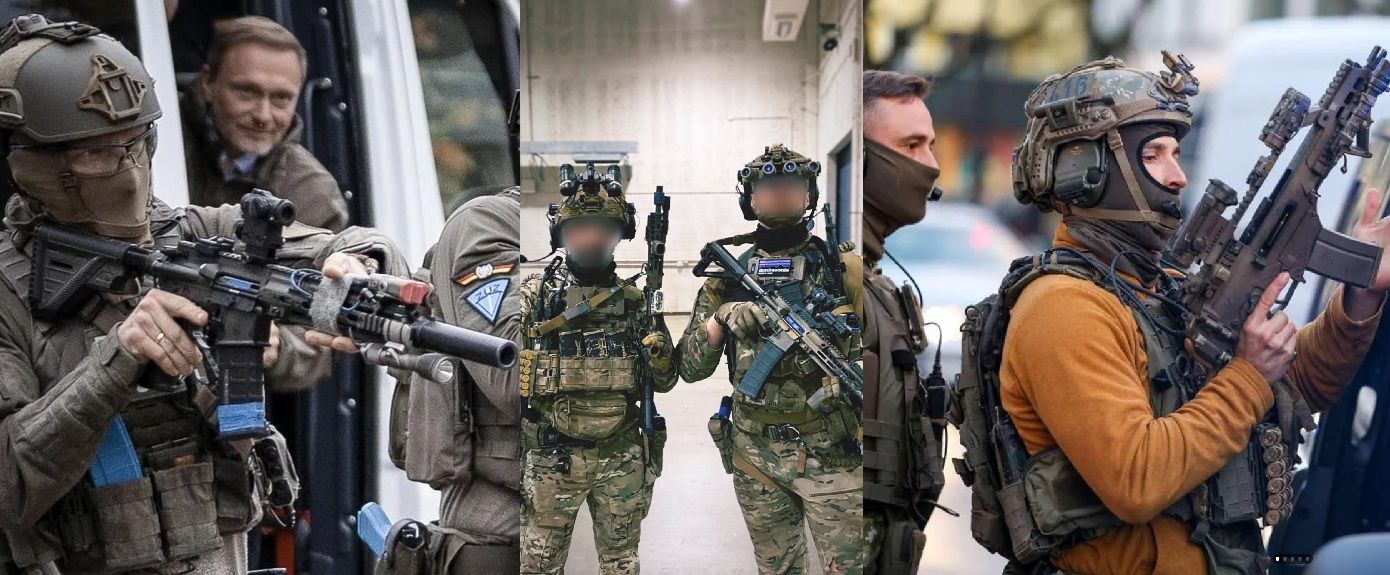
A quicker presentation, better aiming under the NVG, less fatique - all that will makea hell of a difference. Thats why risers are becoming more and more popular. In my experience, everyone should shoot at least a few magazines with an AR and a red dot sight mounted on a riser before judging. After the first magazine change at the latest, the first "aha" experience comes when you no longer have to lower your head low to the gun to aim through the red dot sight.
Conclusion: Riser - a necessity in light of modern challenges
To reduce riser mounts to modern "Instagram operator tools" is to misunderstand their origin and purpose. They are the answer to the specific demands of modern equipment, changing operating environments and tactical realities. Whether you are a sport shooter in IPSC, a hunter on a driven hunt, training under NVG, or doing CQB with a mask, riser mounts like the GBRS Hydra do what regular mounts cannot. So: no Tower of Babel. A smart, well thought out step up.

